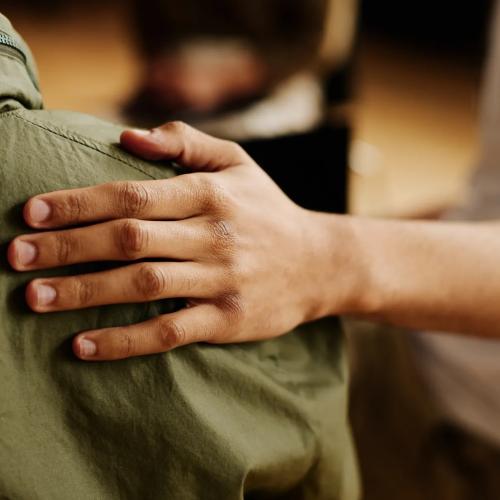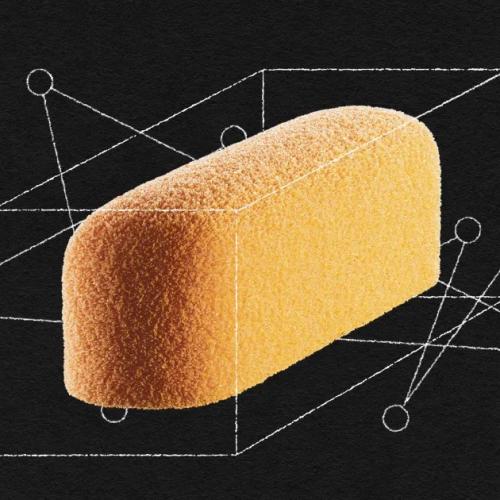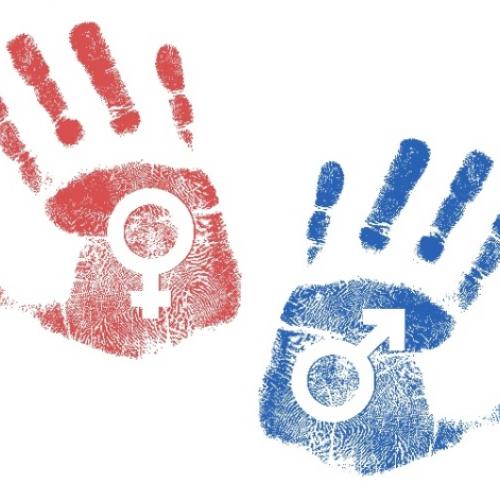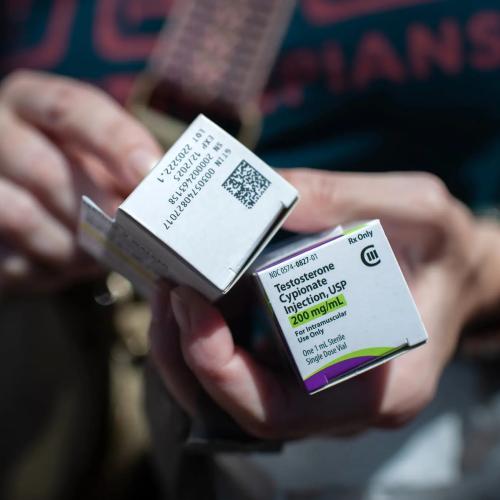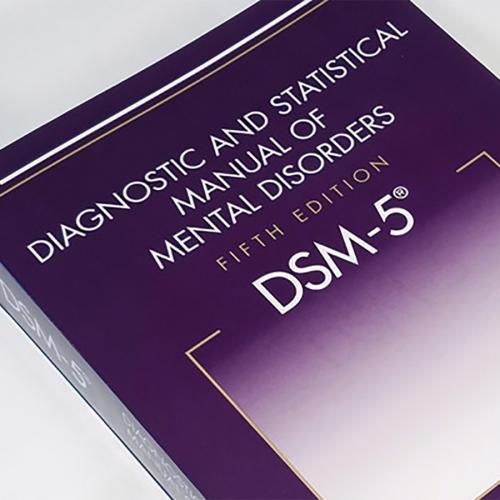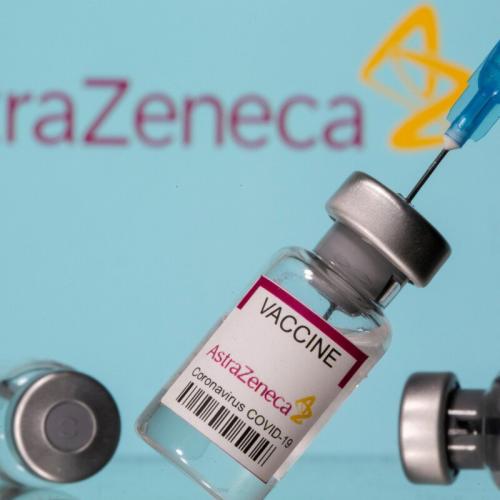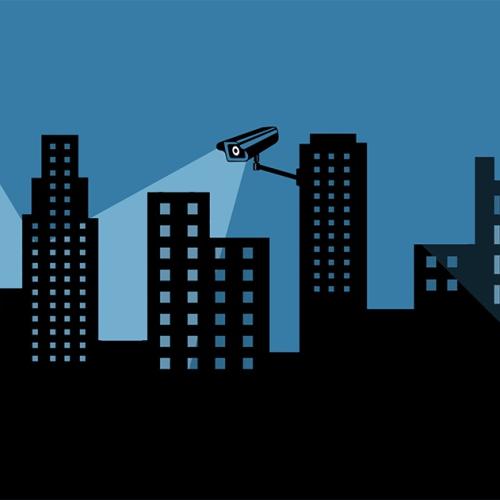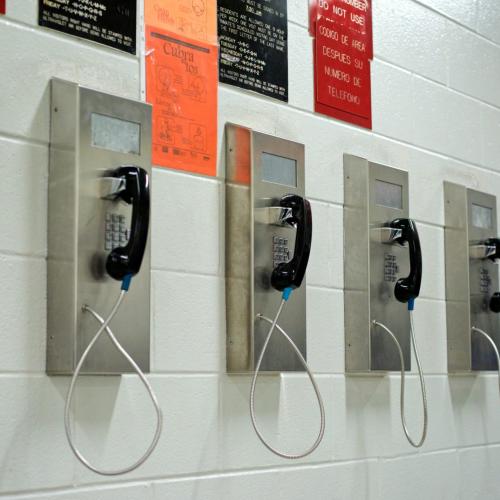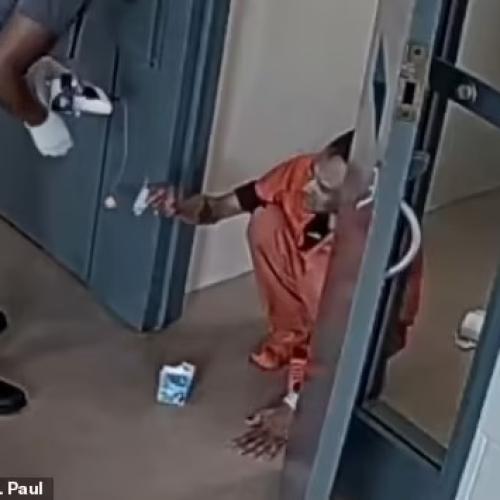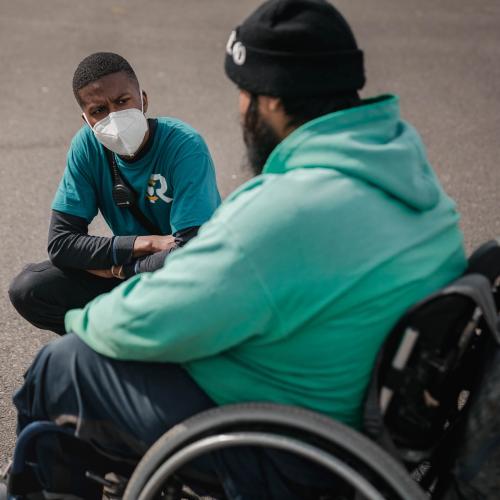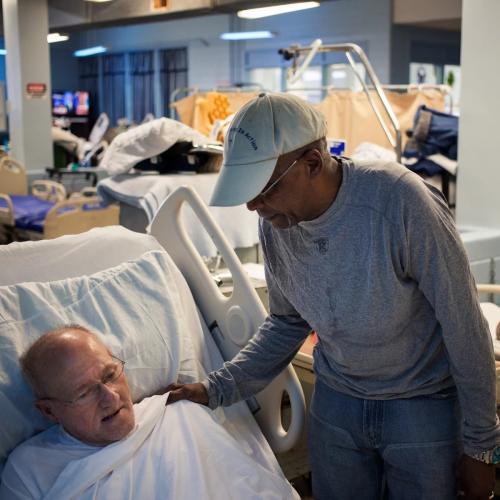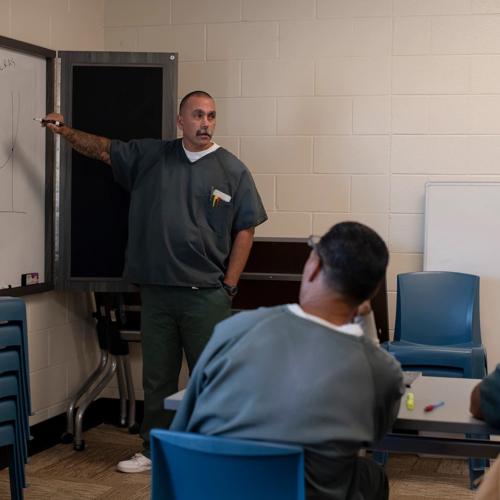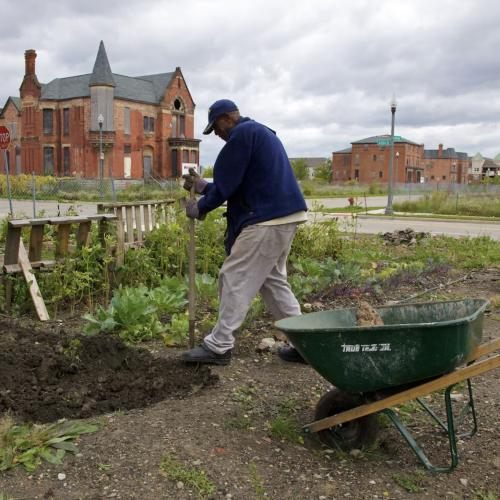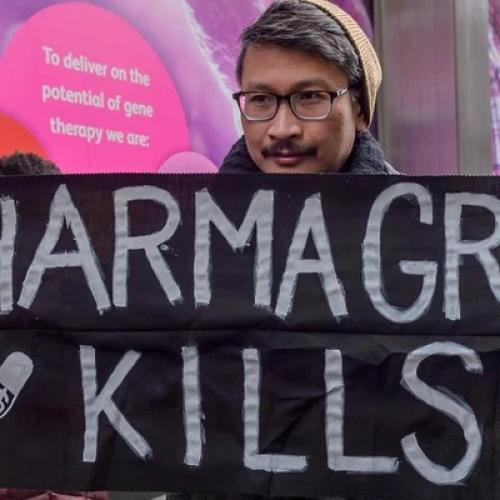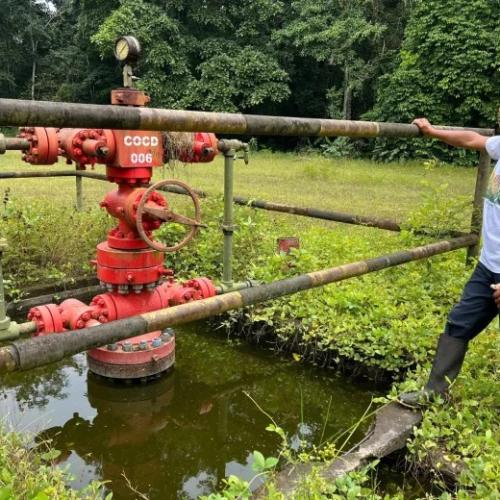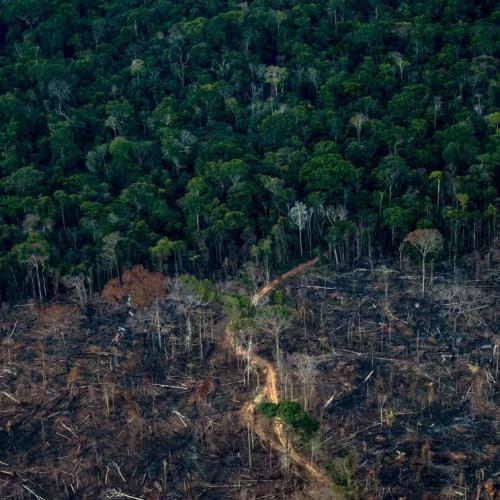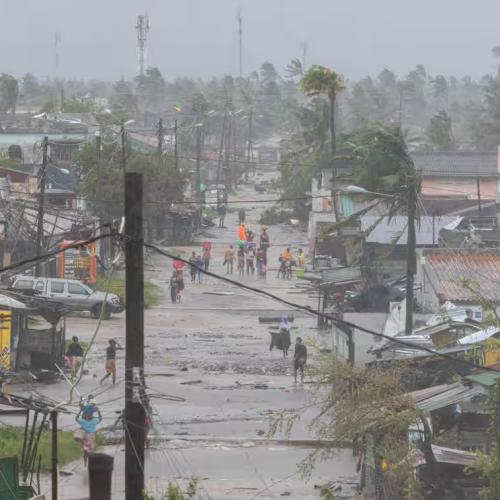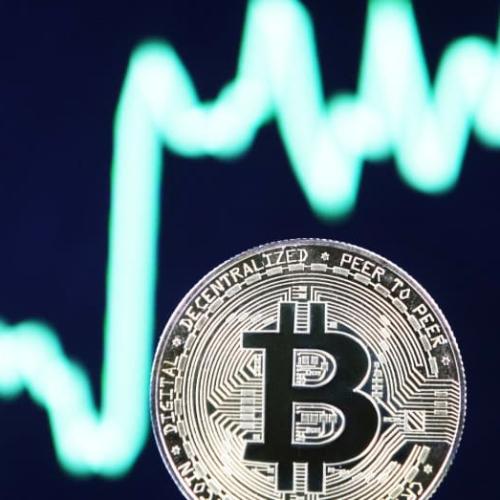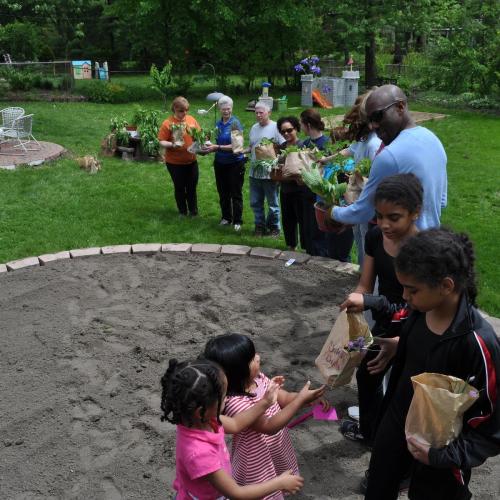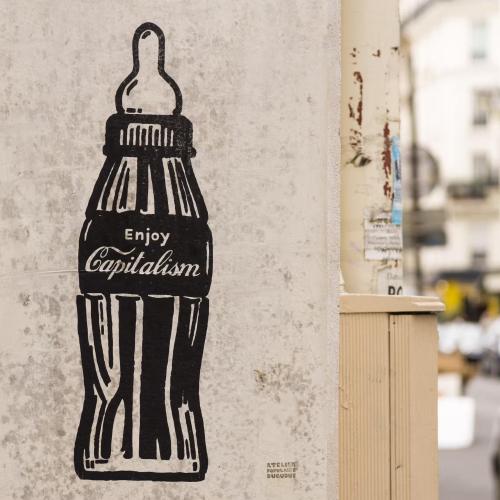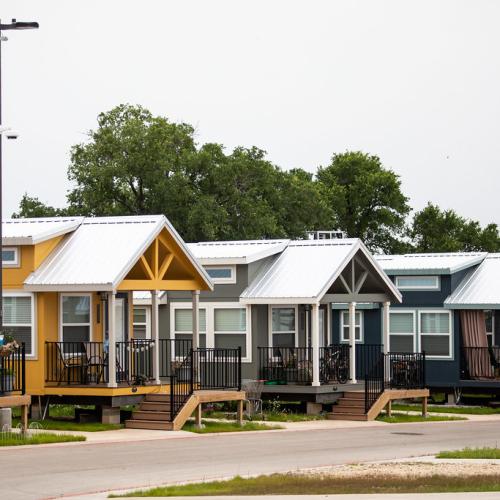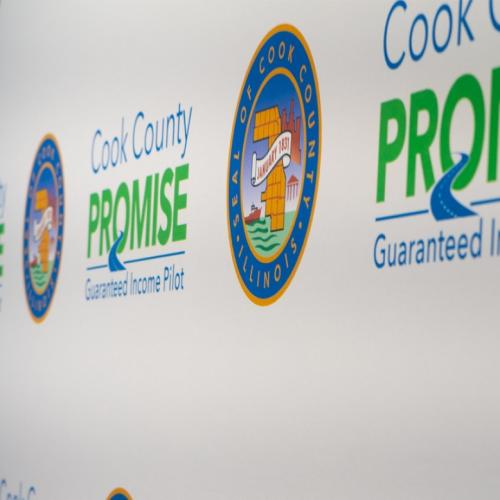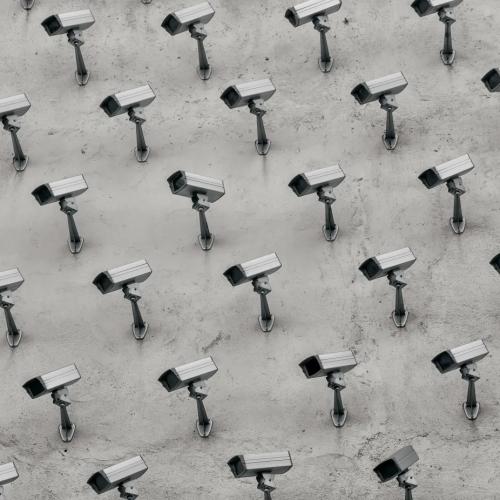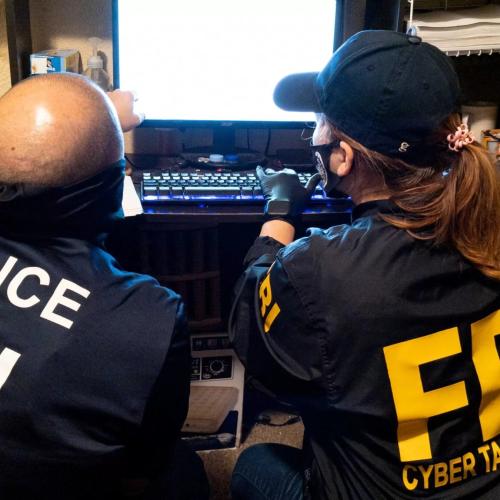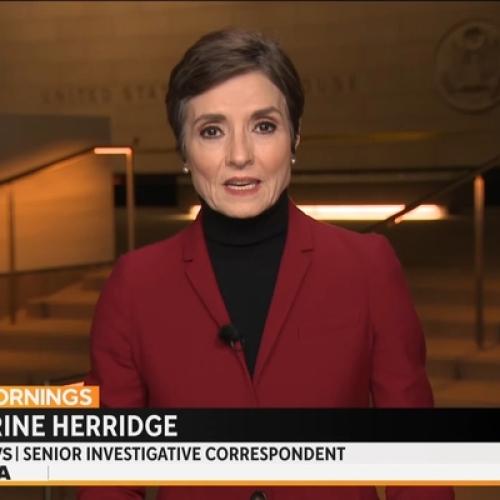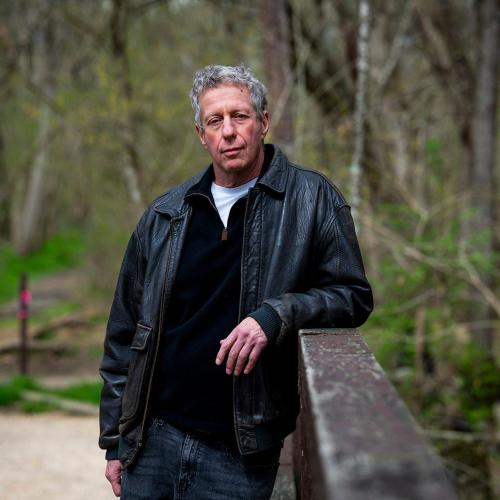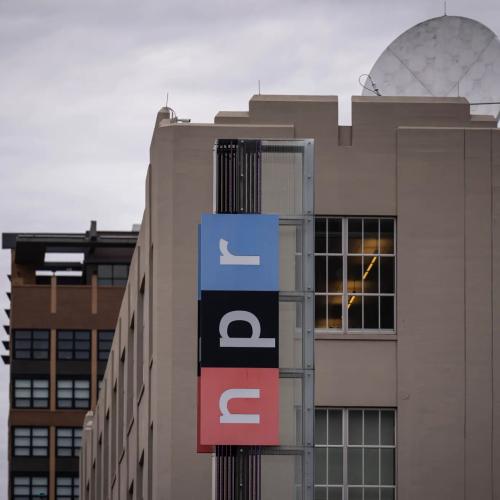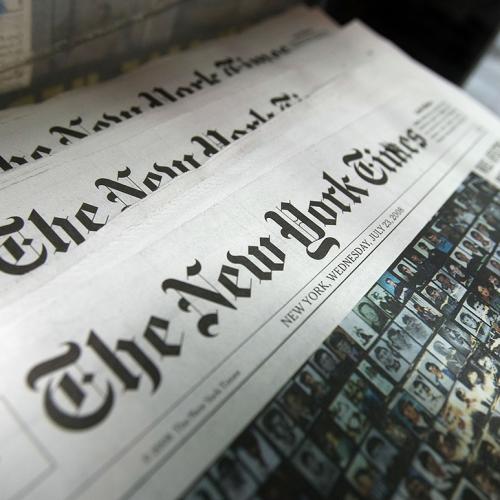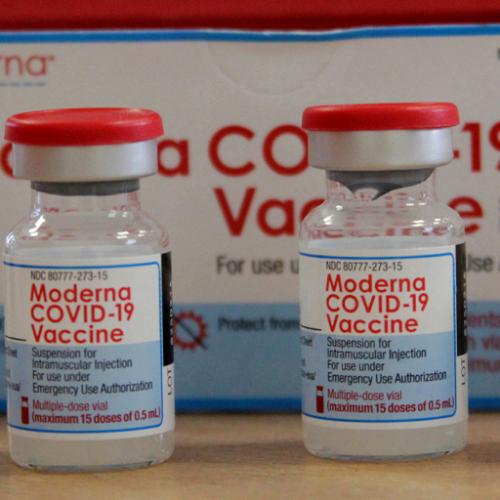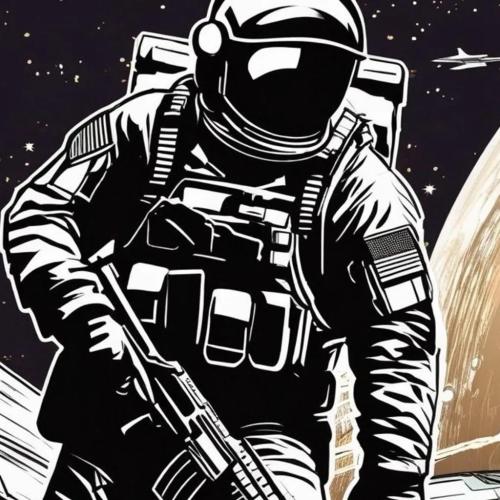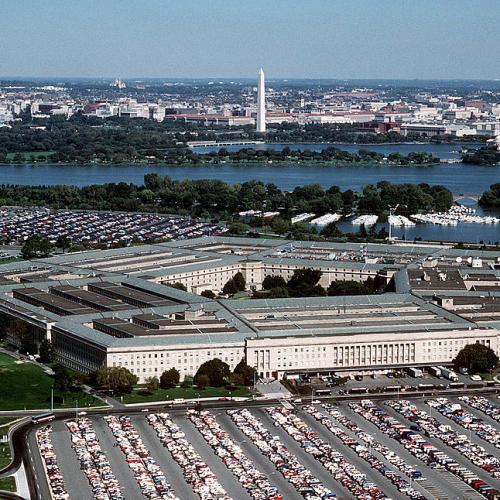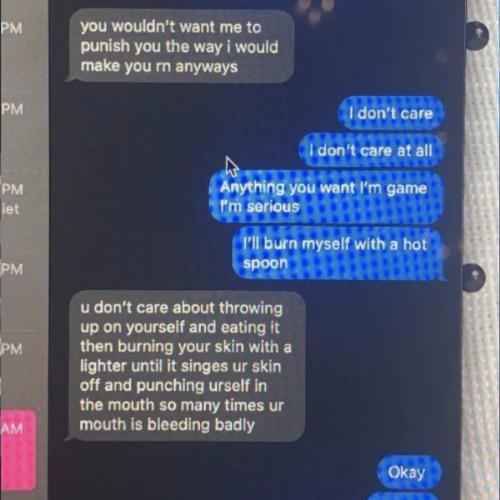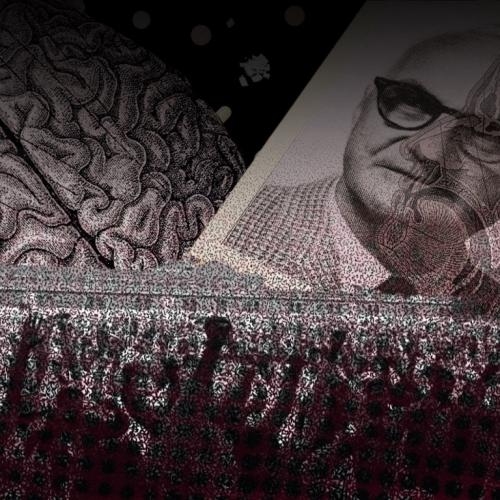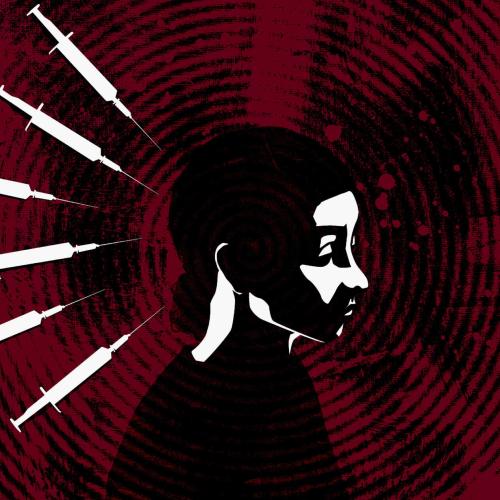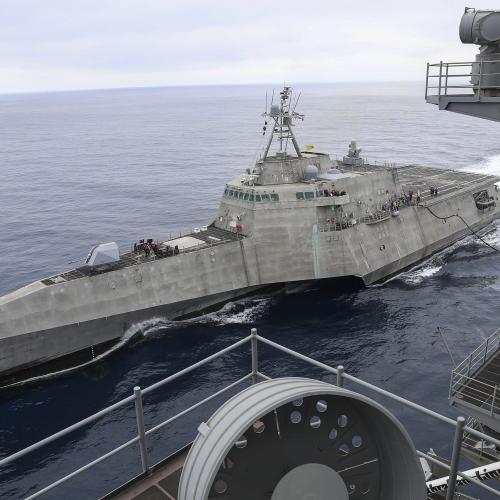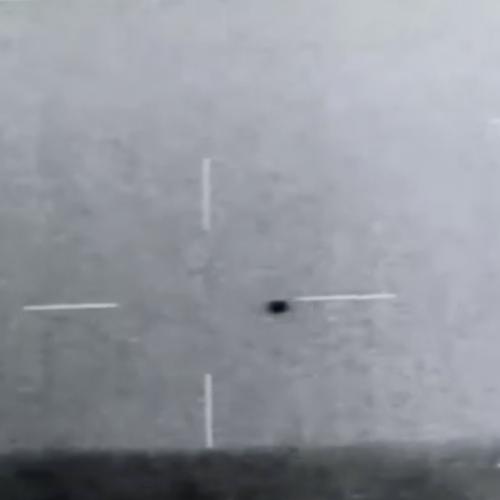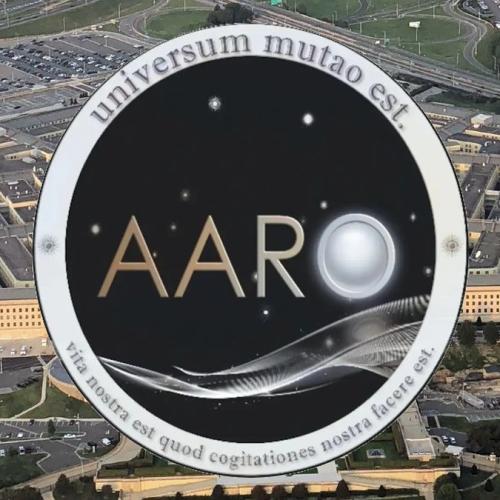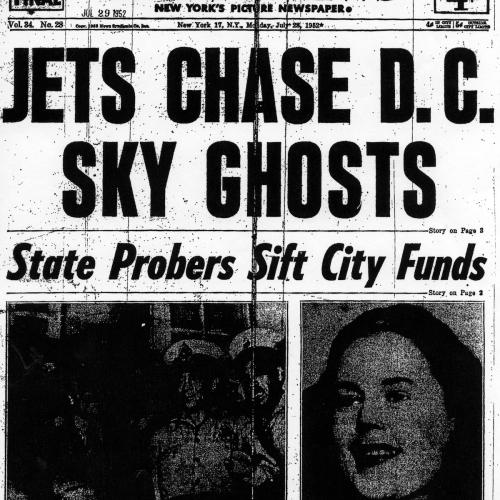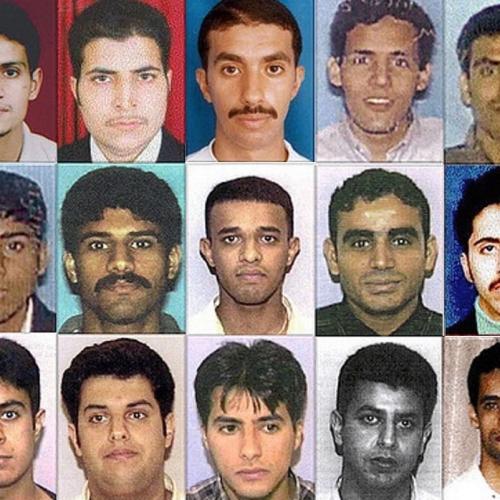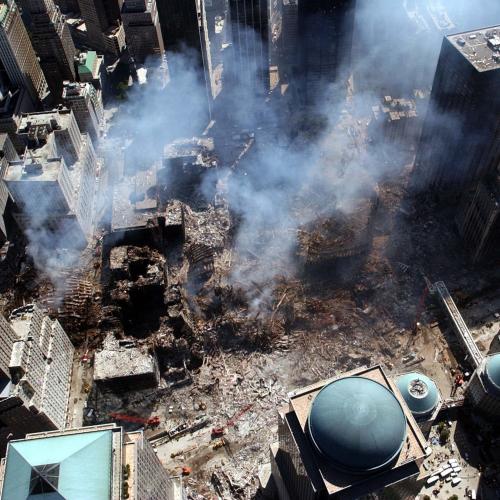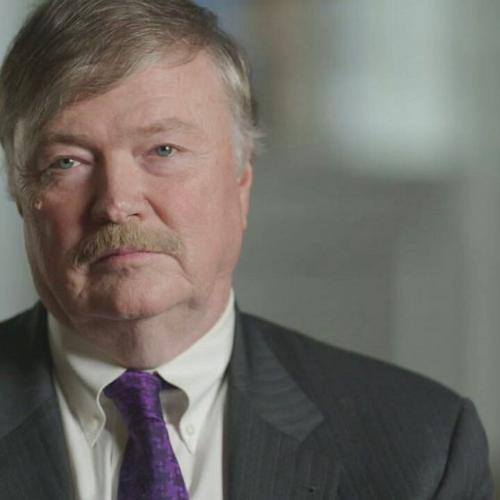Inspiring: Healing the War Machine Media Articles
Below are key excerpts of inspiring news articles on healing the war machine from reliable news media sources. If any link fails to function, a paywall blocks full access, or the article is no longer available, try these digital tools.
For further exploration, delve into our Inspiration Center.
The Afghanistan Memory Home is a growing online archive of testimonies of endurance by ordinary Afghans during years of conflict and repressive rule under the Taliban. The virtual museum is an example of the kind of community-led initiatives that Somali President Hassan Sheikh Mohamud has described as “healing spaces” – local sites of nation-building where the traumas and resentments of war are salved through traditional forms of civic engagement based on cultural values, spirituality, and listening. These projects in reconciliation quietly persist almost everywhere people seek freedom from conflict or repression, from Afghanistan to Yemen. They often supplant the work of national transitional justice initiatives stalled by political disagreements or lack of cooperation. They also underscore that “justice isn’t just punishment or prosecution and presenting evidence against perpetrators,” said Ruben Carranza, an expert on post-conflict community healing. In South Sudan, for instance, a local peace and reconciliation process called Wunlit gave grassroots strength to a 2018 national peace agreement. Led by tribal chiefs and spiritual leaders, the “peace to peace” dialogue defused cattle raids and abductions between the Nuer and Dinka communities. In Iraq, the Ministry of Human Rights has relied on tribal, religious, and civil society leaders to help forge local support for a national dialogue on reconciliation. History has “taught us that relying solely on military force will not bring about lasting peace and stability,” Hodan Ali, a Somali presidential policy adviser, wrote. The more durable work of peace involves empowering individuals and communities to tell their own stories – and listen to each other.
Note: Explore more positive stories about healing the war machine.
Last week, the International Court of Justice issued a preliminary ruling that the charge brought by South Africa that Israel is guilty of genocide in Gaza is "plausible." The court called on Israel to take all measures to prevent the killing of civilians in the Palestinian enclave. The war began after Hamas struck southern Israel on October 7, killing some 1,200 people and taking more than 200 hostages. The day of the attack has been described as the deadliest day for Jews since the Holocaust. When [Holocaust survivor Estelle] Laughlin was a schoolgirl in Warsaw, children regularly pelted her and the other Jewish kids with pebbles. "We were so frightened," she recalls. "The antisemitism was right in front of me — it was so visceral." For Laughlin, besides luck, it was her mother and sister who helped her make it out of the camps alive. "Love maintained us," she says. She says she survived with an enduring sense of compassion and love for humanity, including for the Germans. "Without those values, survival would be hardly meaningful," she says. Laughlin says she's holding the Jewish pain of this war alongside the Palestinian pain. "When the dignity of any human being is diminished, the dignity of all humanity is diminished," she says. "Not only in relationship to my community but to any community of innocent people being attacked." When Laughlin considers the Palestinians living in Gaza, she says, "I identify with their plight ... with their isolation that the rest of the world keeps on going on as though nothing happened, and their world is crumbling." "I feel their pain," she adds. She longs for a better way forward.
Note: Check out the 12 organizations working for Israel-Palestine peace. Explore more positive stories like this in our comprehensive inspiring news articles archive focused on solutions and bridging divides.
When the bell rings at Jerusalem's Hand in Hand school, you hear something that's not common in Israel: the sound of young people's voices rising together in laughter and conversation in both Hebrew and Arabic. Israeli society is largely segregated. The separation begins at kindergarten, when Jewish and Arab children are sent to different schools and experience completely separate education "tracks" or systems. "Arabs go to Arab schools in their neighborhoods and Jews go to Jewish schools in the areas where they live," says Nour Younis, events manager for Hand in Hand. Hand in Hand [was] founded in 1998 by a group of parents who wanted their children to grow up differently. What began as two kindergarten classes in Jerusalem and Galilee has now become six campuses nationwide, with some 2,000 students. The school's eventual goal is to create a fifth track of education within the Israeli school system. Today there are four options: Arab schools and three Jewish tracks — secular, religious and ultra-Orthodox. The students at Hand in Hand campuses are around 60% Arab and 40% Jewish. There is a waiting list of Arab children who would like to attend. Since Oct. 7 ... this school has become a rare oasis of freedom for Palestinians who say they can be harassed or worse for expressing their anguish over the war. "For our students, this is a safe place, a safe environment," says [school vice principal Engie] Wattad.
Note: Explore more positive stories like this in our comprehensive inspiring news articles archive focused on solutions and bridging divides.
While the sad reality of violence and division dominates the media, countless grassroots organizations are working tirelessly to bring peace and reconciliation to the Israel-Palestine conflict. As the region continues to be ravaged by violence, Standing Together, Israel’s largest Arab-Jewish grassroots organization, brings together Jewish and Palestinian volunteers. They labor relentlessly to assist victims of continuous violence while also campaigning for peace, equality, social justice, and climate justice. Their message is clear: the future they envision is one of peace, Israeli and Palestinian independence, full equality, and environmental justice. The Parents Circle – Families Forum, which includes over 600 families who have lost loved ones in the conflict, is a symbol of reconciliation. This joint Israeli-Palestinian organization encourages conversation and reconciliation through education, public gatherings, and media participation, presenting a ray of hope for a future of coexistence. Integrated schools in Israel, where Jewish and Palestinian children attend classes together, serve as an example of a more inclusive future. Hand in Hand promotes understanding by bringing parents together for debate and shared study of Hebrew and Arabic. They are sowing seeds of oneness. Jerusalem Peacebuilders brings together Israelis, Palestinians, and Americans with the goal of developing tomorrow’s leaders. Their work highlights the futility of violent war and the critical need for nonviolence.
Note: Explore more positive stories like this in our comprehensive inspiring news articles archive focused on solutions and bridging divides.
By the time the sun casts its first beams on war-ravaged Yemen, hundreds of men will have taken their positions across the park, and the workout begins. Enthusiastic chants of “Ahsan Fareek”, or “Best Team”, boom across the park as members of this daily, free, open-to-all sports club begin a set of 33 exercises designed to work the whole body. For the next hour, they temporarily put aside the stressors they’ve accumulated from the devastating eight-year civil war that has claimed 377,000 lives, touching their toes, standing on one leg and reaching for the sky. By 6.30am the crowd disperses, and everyone goes about their day, rejuvenated and energized, ready to meet again the following morning. “It is a sports club for everyone, but it’s particularly vital for the elderly, who suffer from illnesses and anxiety and for whom treatment is unaffordable,” says Najy Abu Hatem, co-founder of the initiative. “Being part of Best Team lifts their morale and gives them free exercise classes in a healthy and social setting.” In a country of 33 million people, there are only 59 psychiatrists – one psychiatrist per 500,000 people – and the total number of mental health workers is just 304. Although Best Team can hardly tackle this huge, ongoing mental health crisis, the twin benefits it provides of camaraderie and physical exercise – under the guise of a more socially acceptable men’s sports club – is nonetheless quietly improving people’s mental wellbeing across the capital and beyond.
Note: Explore more positive stories like this in our comprehensive inspiring news articles archive focused on solutions and bridging divides.
Suicides across the active duty U.S. military decreased over the past 18 months, driven by sharp drops in the Air Force and Marine Corps last year and a similar decline among Army soldiers during the first six months of this year, according to a new Pentagon report. The numbers show a dramatic reversal of what has been a fairly steady increase in recent years. The shift follows increased attention by senior military leaders and an array of new programs aimed at addressing what has been a persistent problem in all the services. The numbers provide a glimmer of hope that some of the recent changes — which range from required counseling visits to stress relief education and recreational outings — may be working. According to the data, the number of suicides in the Air Force and Marine Corp dropped by more than 30 percent in 2021 compared with 2020, and the Navy saw a 10 percent decline. The Army saw a similar 30 percent decrease during the first six months of this year, compared with the same time period last year. The National Guard and the Reserves both saw a small dip in suicides, from 121 in 2020 to 119 in 2021. And there were also fewer Guard deaths in the first half of 2022, compared with last year. The Guard has worked over the last year to reduce suicides through outreach and other changes, including policies to destigmatize getting mental health help and a program that provides firearms locks for service members who keep weapons at home.
Note: Explore a treasure trove of concise summaries of incredibly inspiring news articles which will inspire you to make a difference.
In 2018, the military, struggling to meet enlistment goals, began invading gaming communities as part of a larger, digital-first strategy. Recruiters who had once stalked school assemblies and shopping malls began streaming games on social media and competing in tournaments to court new enlistees online. Since then, the military’s online recruiting strategy has expanded to the Amazon-owned streaming platform Twitch, which attracts 140 million active users per month. The Army, Navy, and Air Force churn out hours of Twitch content per week, including streams of popular first-person-shooter games. The Armed Forces claim their gamers ... aren’t technically recruiters. But anti-war advocates say they might as well be. To counter this, [Marine veteran Chris] Velazquez became a community developer for Gamers for Peace (GFP), the first peace organization formed to mirror the military’s online recruiting practices: While streaming popular games like Halo and Rocket League, its members—many of them veterans—offer career advice and mentorship to teens, talk politics, and discuss the realities of war. They also share information about online military recruitment tactics at in-person gaming conventions such as PAX Unplugged. These initiatives, members say, give prospective recruits the tools and knowledge to see other options and reconsider enlisting. The group has already accrued nearly 600 Twitch followers as well as 400 members on the popular messaging service Discord.
Note: The latest US Air Force recruitment tool is a video game that allows players to receive in-game medals and achievements for drone bombing Iraqis and Afghans. For more on this topic, read an article we've summarized about how one of the best-selling video games, Call of Duty, is a carefully constructed piece of military propaganda.
The story of two enemies cuts through the darkness. It begins on a battlefield in the Iran-Iraq war, and ends 20 years later in a waiting room in Vancouver. The Iran-Iraq war began in 1980, and ended eight years later. It was the longest conventional war of the 20th century, claiming at least a million casualties. Najah Aboud was nearly one of them. Najah was severely wounded. He crawled off to a bunker, where he saw corpses from both sides and prepared himself to die. Zahed Haftlang ... was assigned as a medic. After the Iranians recaptured Khorramshahr in May 1982, Zahed was ordered to go into the bunkers and treat wounded countrymen. It was then that he ... spotted Najah near the back. Both men were suspicious of each other. Zahed thought Najah's body might be booby-trapped. Najah thought Zahed might kill him. Then Zahed reached into Najah's breast pocket and pulled out a photograph. It showed Najah, with a beautiful woman, and infant son. It was at that very moment that Zahed decided to save Najah's life, even though it meant risking his own. Najah was taken to a prisoner of war camp, where he'd remain in unspeakable conditions for the next 17 years. While reading magazines in [a Vancouver] waiting room, Zahed noticed the door open as another man entered the room. The two men erupted into shouts, hugs, kisses and tears. Their spectacular reunion happened two decades years after the battle of Khorramshahr and on the other side of the world. "Najah is like my family … he really is my angel, because he gave me life. After he got a new chance at life, he gave me a new chance at life. He is the dearest and most precious thing in the entire world to me."
Note: Don’t miss the powerful 16-min documentary about Zahed and Najah. Explore more positive stories like this in our comprehensive inspiring news articles archive focused on solutions and bridging divides.
Lual Mayen sits in a modern office space, set in a trendy Washington, D.C., neighborhood. As a newborn in his parents arms, Mayen endured a 225-mile trek from his war-torn home in South Sudan to a refugee camp in Northern Uganda. Mayen was born into war, but his mission is peace. Now 24 years old, he is a video game developer residing in the United States, leading his own company and using the experiences from his past to inform his products: games aimed at peace-building and conflict resolution. He created the first version of Salaam, which means peace in Arabic, while still living as a refugee. In the games new version, players adopt the role of a refugee who must flee falling bombs, find water and gain energy points to ensure the characters survival as the players country journeys from a war-torn present into a peaceful existence. If the players character runs out of energy, the player is prompted to purchase more food, water, and medicine for their character with real-world money. The funds go beyond the game to benefit a living refugee through Junubs partnerships with various NGOs. Mayen is aiming to have Salaam ready to launch in December, determined to grow the category of social impact gaming to give back to his community. Peace is something that is built over time, Mayen said. Its not about people coming together and signing cease-fires and so on. Its a generation of change. Its a change of mindset. Its a change of attitude toward each other."
Note: Explore a treasure trove of concise summaries of incredibly inspiring news articles which will inspire you to make a difference.
To casual observers of either military service or the practice of yoga, the path from Oorah to Om may not seem obvious. But the intersection of yogi and veteran is natural if unexpected. Many members of the military now often include yoga ... as an element of their workout routine, and veterans turn to the practice for therapeutic applications. The Department of Veterans Affairs has successfully used yoga to help treat opioid addiction and post-traumatic stress. A lot of vets have post-traumatic stress, said Thierry Chiapello, who served in the Marines and now teaches yoga at the National Defense University in Washington. By lengthening the exhalation of breath, this gets people out of those fight-or-flight instincts that drain you, he continued, putting them in a mode of rest and recovery that definitely is associated with less aggressive behaviors. Christian Allaire experiences the service-driven life of yoga through his work for the Veterans Yoga Project, which provides yoga to roughly 1,000 veterans and their families per week as well as trains prospective teachers. We will have four or five people in a conference room at a V.A., he said. There might be an Iraq war vet in his 20s, a Korean War vet in his 80s, some can barely move, some may be missing limbs and the teachers job is to create space. Maybe all they can do is raise their hands above their heads, but we are creating a ritual.
Note: Explore a treasure trove of concise summaries of incredibly inspiring news articles which will inspire you to make a difference.
Mohamedou Ould Slahi and Steve Wood met in Guantanamo Bay, Cuba, in 2004. At the time, Slahi had been in captivity for two years, accused of acts of terrorism. Wood, then a member of the National Guard, was assigned to watch the Mauritania native. For nine months, they spent their days together. After more than a decade, the two saw each other once again this spring, when Wood traveled to Slahi's home in Mauritania to see his old friend. The two became fast friends. They bonded over the movie The Big Lebowski. Slahi related to the main character, "The Dude," a victim of mistaken identity. The U.S. government detained Slahi in Guantanamo for 14 years, but never charged him with an offense. In 2010, a federal judge ruled that Mohamedou should be released from Guantanamo. Wood reached out to Slahi's legal team, telling them that he'd like to help in any way he could. He wrote a letter supporting Slahi's release. While Slahi was still in prison, his 2015 memoir, Guantanamo Diary, became a bestseller. The next year, the Department of Defense finally allowed Slahi to return to his home. Wood ... flew there in May to see the man he once guarded. "We never believed in this war," Slahi said. "There is no war between Muslims and Americans. There is no war between Americans and the poor people in the world. There is only a war between people on the top who have their own agenda. People are people no matter what ... When we die it doesn't matter what passport we hold."
Note: Explore more positive stories like this in our comprehensive inspiring news articles archive focused on solutions and bridging divides.
Google will not seek to extend its contract next year with the Defense Department for artificial intelligence used to analyze drone video, squashing a controversial alliance that had raised alarms over the technological buildup between Silicon Valley and the military. Google ... has faced widespread public backlash and employee resignations for helping develop technological tools that could aid in warfighting. Google will soon release new company principles related to the ethical uses of AI. Thousands of Google employees wrote chief executive Sundar Pichai an open letter urging the company to cancel the contract, and many others signed a petition saying the companys assistance in developing combat-zone technology directly countered the companys famous Dont be evil motto. Several Google AI employees had told The Post they believed they wielded a powerful influence over the companys decision-making. The advanced technologys top researchers and developers are in heavy demand, and many had organized resistance campaigns or threatened to leave. The sudden announcement Friday was welcomed by several high-profile employees. Meredith Whittaker, an AI researcher and the founder of Googles Open Research group, tweeted Friday: I am incredibly happy about this decision, and have a deep respect for the many people who worked and risked to make it happen. Google should not be in the business of war.
Note: Explore a treasure trove of concise summaries of incredibly inspiring news articles which will inspire you to make a difference.
Every month, a new cycle of training begins with yet another class of veterans in a program run by the northern Florida K9s for Warriors. The seven-year-old nonprofit is one of dozens of private organizations that offer psychiatric service dogs to address the military's mental health crisis. The numbers are startling on veteran suicides, and this is working, said Rory Diamond, a former federal prosecutor who quit to become chief executive of K9s for Warriors. A recent [Purdue University] study ... used standard questionnaires to assess PTSD symptoms and other aspects of mental health among 141 K9s for Warriors applicants, half teamed with a service dog and half on a wait list. Those with dogs showed significantly lower levels of post-traumatic stress, depression and social isolation, with higher levels of psychological well-being. Dogs have provided services to humans for millennia, often as hunting and herding partners. But not until World War I were they systematically trained to assist people with disabilities, as guides for the blind. Service dogs now prompt deaf people when a doorbell rings, retrieve pills for people in wheelchairs and alert people with diabetes to blood sugar spikes. Psychiatric service dogs [blend the missions of] of task-oriented service canines and animals seen as providing emotional support. While the dogs paired with veterans with PTSD are commonly trained to wake them from nightmares ... advocates also laud their ability to soothe a panicking vet and provide companionship.
Note: Explore a treasure trove of concise summaries of incredibly inspiring news articles which will inspire you to make a difference.
Under a white tent on the shores of the Dead Sea, Huda Abuarquob's frustration melted away. Dancing arm-in-arm with thousands of Israeli and Palestinian women, she felt hope surround her. The women, who came together Sunday morning in the "Peace Tent," had marched through the desert to the lowest point on earth, to demand an end to the Israeli-Palestinian conflict. The march was the culmination of two weeks of events, attended by more than 30,000 women, throughout Israel and the West Bank, organized by Women Wage Peace, a grassroots organization calling for a "bilaterally acceptable political agreement." The last round of [peace] negotiations ... fell apart in April 2014, with the two sides blaming each other. A few months later, Israel and Gaza were at war. Women Wage Peace was founded in the aftermath of the Gaza war, when organizers felt there was a need for a different approach. "Something happened in 2014," said Yael Triedel, an Israeli who participated in the march. "The recognition that this is it. We have to do it. The leaders didn't manage to do it so far, and it's our responsibility to make it happen." On Sunday evening, tens of thousands of women gathered ... for the conclusion of the peace march. Former Knesset member Shakib Shanan, whose son was one of two border police officers killed near Jerusalem's holiest site in mid-July, spoke at the park. "We are allowed to say this out loud - we are lovers of peace.
Note: Don't miss pictures of this beautiful and powerful event at the link above.
Mary-Ann Rich rises at precisely 4:45 every morning. After feeding her cat, she ... sits for 20 minutes, motionless, her mind drifting far from the images of burned and blown up bodies that have haunted her for a decade. For the past four years, Rich has repeated this daily ritual to help heal her emotional scars from the 18 months she spent as an Army nurse in Iraq. After being diagnosed with post-traumatic stress disorder, she bounced from one treatment to another without much effect. Then she was introduced to Transcendental Meditation, or TM. She says that TM, more than any kind of therapy or pharmaceutical, has kept [the] horrors [of PTSD] at bay. Thousands of veterans ... have turned to TM to treat their PTSD - with blessing of the Pentagon and the Veterans Administration, which are struggling to treat the epidemic levels of PTSD and suicide among Iraq and Afghanistan vets. Aided by $30 million in grants from the Pentagon and the National Institutes of Health, [the nonprofit David Lynch Foundation] has worked ... to bring TM to vets and active-duty soldiers. TM practitioners receive a secret mantra - a meaningless word-sound - and repeat it to trigger a free-flowing 20-minute meditation twice a day. Colonel Brian Rees ... served as a doctor in Iraq and Afghanistan. TMs simplicity, Rees says, is uniquely suited to the job of treating PTSD. In 2011, he researched 33 different meditation techniques and found that TM had the greatest potential to bolster soldiers resilience.
Note: Explore a treasure trove of concise summaries of incredibly inspiring news articles which will inspire you to make a difference.
As the Syrian peace accord has crumbled - even threatening to reignite the Cold War - and barrel bombs continue to fall on the rebel-held city of Aleppo, many are fleeing the death and destruction. But one group of residents has vowed to stay behind and help. They are the "White Helmets," a volunteer team of first responders who plunge head-first into crumbling buildings to save civilians trapped in the rubble of Syria's brutal civil war. Named after their iconic protective headgear, the group of about 3,000 rescue workers have reportedly saved more than 60,000 lives since the civil war began. In August, their courage garnered international attention when they rescued 5-year-old Omran Daqneesh, the stunned little boy covered in dust and blood whose photo shocked the world. They have since been nominated for the 2016 Nobel Peace Prize. The heroism of these ordinary citizens - former doctors, shopkeepers, and teachers - is profiled in a 40-minute Netflix documentary. "These are very normal, ordinary people who now do one of the most extraordinary jobs on this planet," said the film's director, Orlando von Einsiedel. "They represent the best of what humanity can be," he said. "It has given us faith in humanity and has made us want to be better people."
Note: When the media seems to want us to hate Muslims, it's so important to read about the beautiful examples of these heroes. Explore a treasure trove of concise summaries of incredibly inspiring news articles which will inspire you to make a difference.
President Barack Obama said Tuesday that US has an "obligation" to help Laos recover from a brutal secret bombing campaign that destroyed parts of the Southeast Asian nation. During an address to the Lao people in the country's capital, Obama pledged $90 million in a joint three-year project with the country's government to clear ... some 80 million unexploded cluster bombs dropped during a secret US bombing campaign as part of the Vietnam War 40 years ago. "The remnants of war continue to shatter lives here in Laos," Obama said. "That's why I've dramatically increased or funding to remove these unexploded bombs." The move was welcomed by Laos President Bounnhang Vorachit as a way of strengthening mutual trust after the devastating campaign, that still maims or kills 50 people who stumble upon unexploded mines each year. Efforts to find the bombs will be aided the Pentagon, who will supply records of where they were dropped. To this day, less than 1% of the bombs have been cleared, according to US-based non-government organization Legacies of War. US funding for clearance of unexploded ordnance and victims' assistance has steadily grown since 2010. This year, Congress allotted $19.5 million, but now, for the first time, an American president has publicly recognized that the US has a responsibility to do more. "That conflict was another reminder that whatever the cause, whatever our intentions, war inflicts terrible toll, especially on innocent men, women and children," Obama said.
Note: Explore a treasure trove of concise summaries of incredibly inspiring news articles which will inspire you to make a difference.
Buried beneath a bomb-damaged building [is] a secret library that provides learning, hope and inspiration to many in the besieged Damascus suburb of Darayya. "We saw that it was vital to create a new library so that we could continue our education. We put it in the basement to help stop it being destroyed by shells and bombs like so many other buildings here," says Anas Ahmad, a former civil engineering student who was one of the founders. The siege of Darayya by government and pro-Assad forces began nearly four years ago. Since then Anas and other volunteers, many of them also former students whose studies were brought to a halt by the war, have collected more than 14,000 books on just about every subject imaginable. Over the same period more than 2,000 people ... have been killed. But that has not stopped Anas and his friends scouring the devastated streets for more material to fill the library's shelves. The location of the library is secret because Anas and other users fear it would be targeted by Darayya's attackers if they knew where it was. "The library holds a special place in all our hearts. And every time there's shelling near the library we pray for it," says Omar Abu Anas, a former engineering student. "Books motivate us to keep on going. We read how in the past everyone turned their backs on a particular nation, yet they still made it. So we can be like that too." [Update] Within days of the publication of this story, Omar was killed on the front line during an attack by pro-Assad forces.
Note: Explore a treasure trove of concise summaries of incredibly inspiring news articles which will inspire you to make a difference.
Colombia's version of the hit TV contest "Dancing with the Stars" hopes to show millions of viewers that former battlefield enemies can live side by side. John Pinchao, a policeman held captive in a jungle camp, often in chains, by rebels of the Revolutionary Armed Forces of Colombia (FARC) until he escaped in 2007, is now sharing the dance floor with ex-FARC child soldier Ana Pacheco, who joined the rebel group aged 14. The prime-time show comes at a time when the three-year-old peace talks between the Colombian government and the FARC are approaching the goal the two sides have set of signing an accord by March 23. If successful, this would end half a century of war that has killed 220,000 people and displaced 6.5 million, and would lead to some 7,000 FARC fighters handing in their weapons. As the March deadline for signing a peace deal looms, Colombians are considering to what extent they are ready to forgive FARC and accept former combatants back into society. For Pacheco, who left the rebel ranks when she was 16, the TV show is an opportunity to show the human face of former fighters. The producers of the TV show ... hope the unexpected line-up can foster empathy among Colombians with people who suffered during the years of conflict. "We want the show to awaken solidarity. We weren't just looking for great dancers and celebrities, what inspired us was to show the reality that faces Colombia, it's about living together," said Fox Colombia executive producer Oscar Guarin.
Note: Explore a treasure trove of concise summaries of incredibly inspiring news articles which will inspire you to make a difference.
The German government has announced plans to convert 62 disused military bases just west of the Iron Curtain into nature reserves for eagles, woodpeckers, bats, and beetles. Environment Minister Barbara Hendricks said: "We are seizing a historic opportunity with this conversion many areas that were once no-go zones are no longer needed for military purposes. We are fortunate that we can now give these places back to nature." Together the bases are 31,000 hectares that's equivalent to 40,000 football pitches. The conversion will see Germany's total area of protected wildlife increase by a quarter. After toying with the idea of selling the land off as real estate, the government opted instead to make a grand environmental gesture. It will become another addition to what is now known as the European Green Belt. A spokesperson from The European Green Belt told The Independent: "In the remoteness of the inhuman border fortifications of the Iron Curtain nature was able to develop nearly undisturbed. "Today the European Green Belt is an ecological network and memorial landscape running from the Barents to the Black Sea."
Note: Explore a treasure trove of concise summaries of incredibly inspiring news articles which will inspire you to make a difference.
Important Note: Explore our full index to key excerpts of revealing major media news articles on several dozen engaging topics. And don't miss amazing excerpts from 20 of the most revealing news articles ever published.








